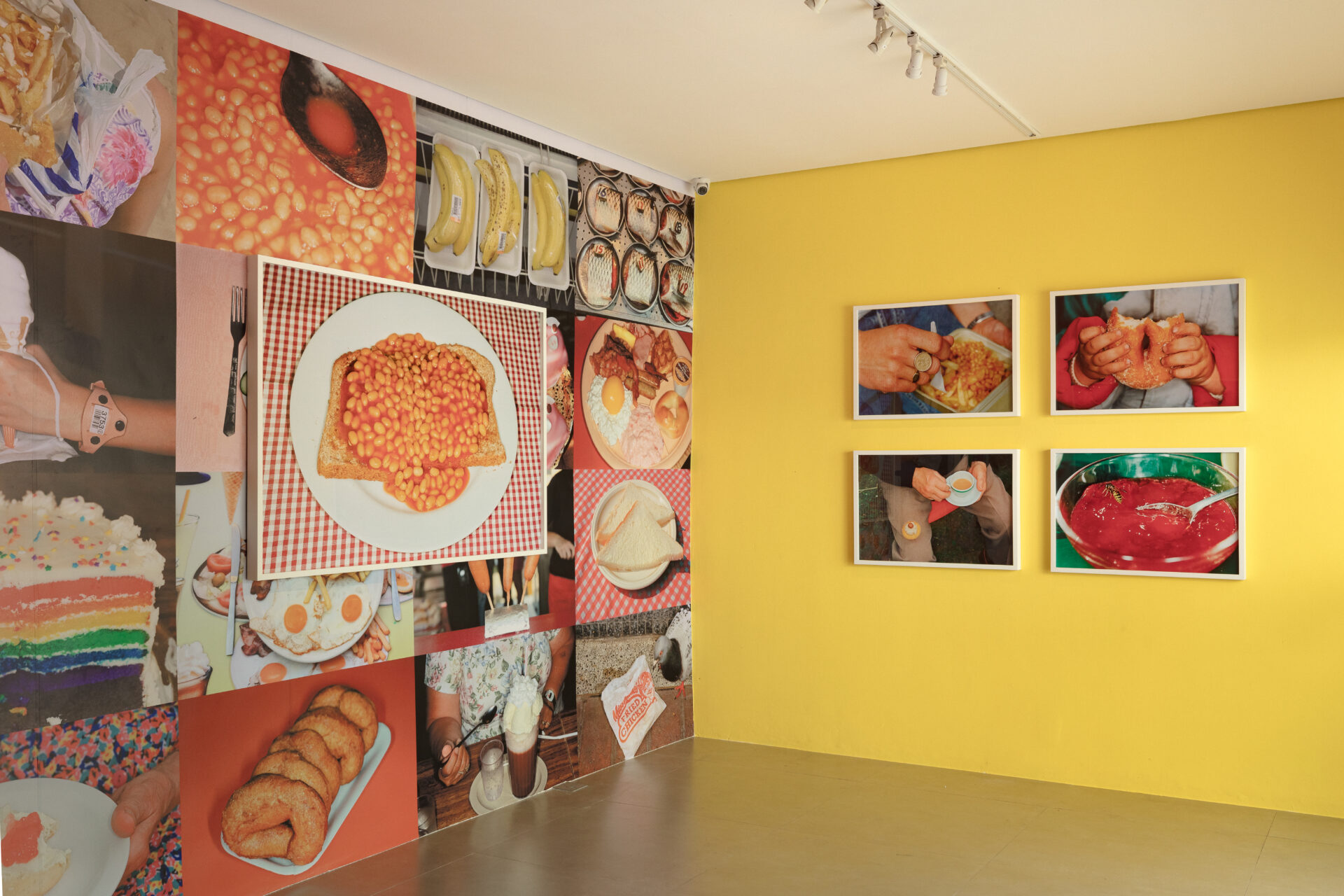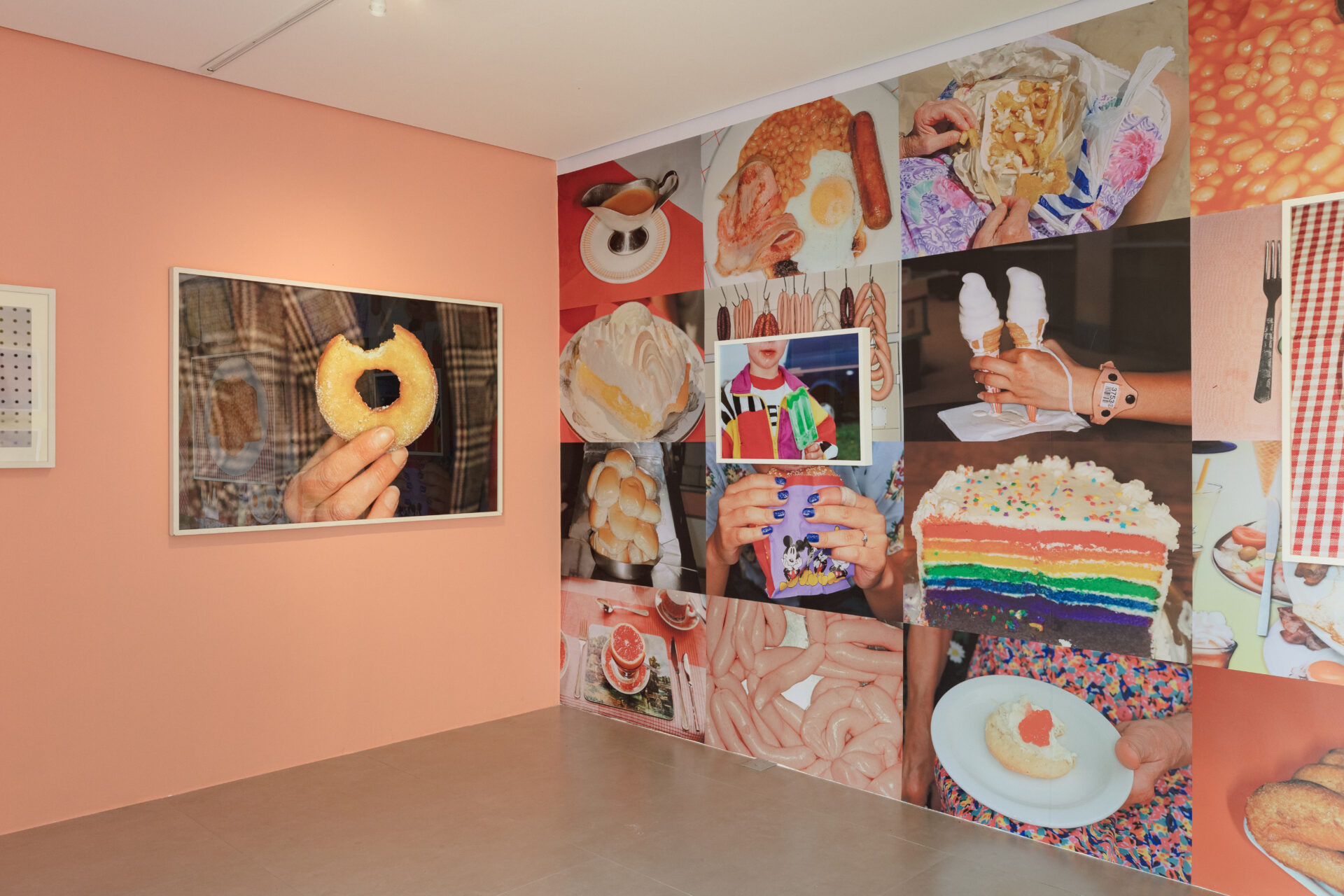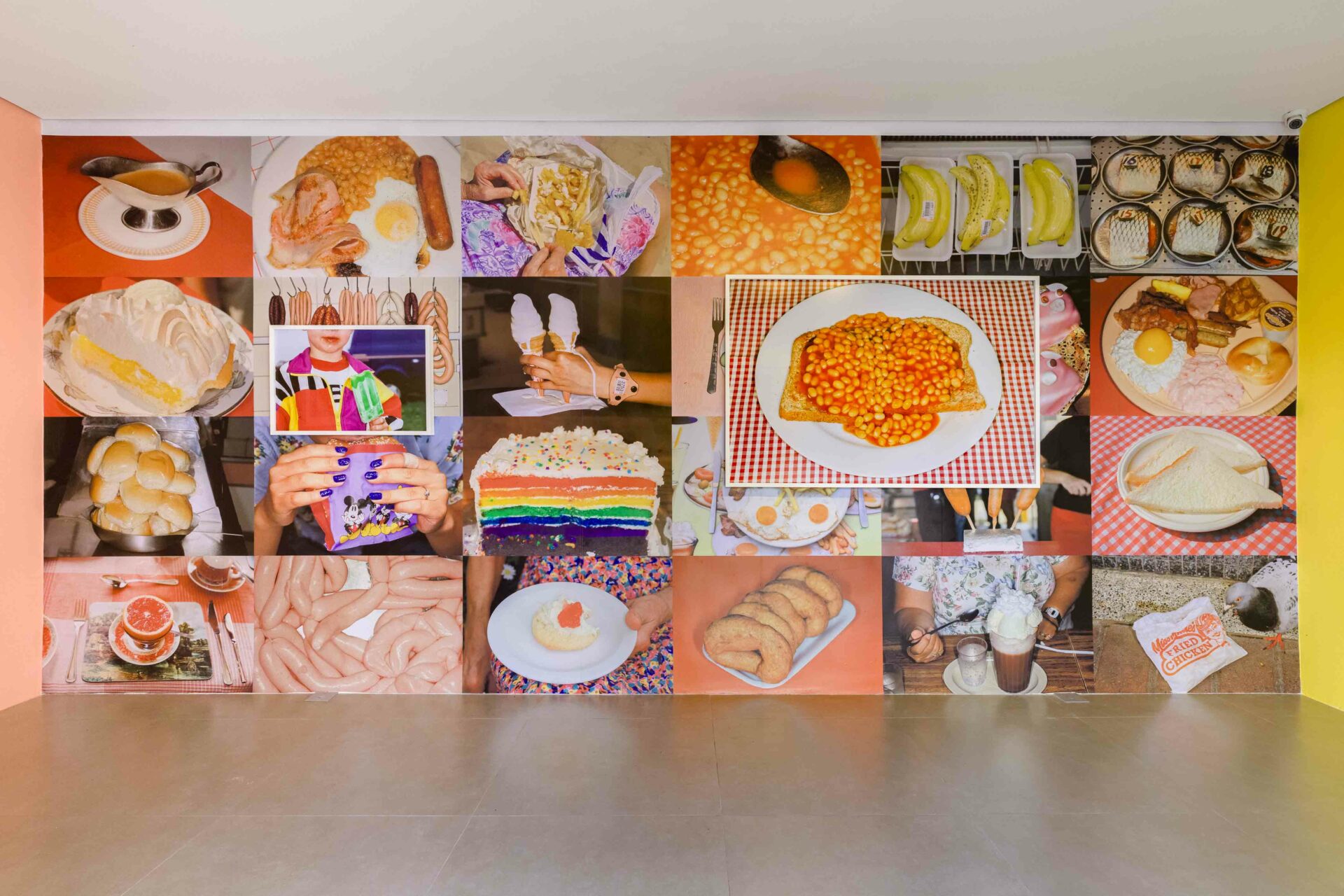Gourmetized Food
Nowadays, “food porn”- a term often used in a positive sense suggesting that the food portrayed is attractive, sensual, or desirable – overloads social networks with glamorous images that are millimetrically edited and perfectly assembled. Homemade meals gain luxurious airs and often new names to the delirium of the capital. Old food carts, ordinary hot dog or burger stands, became food trucks; popular food names are being replaced by gourmetized ones, and, in the absence of creativity, fancy words are added to denote a quality beyond the trivial, and behold, names like The Tea House, Inside the Slice, Porkella, Pizza Delight, and others appear. Everything is beautiful and well photographed; everything is the same but much more expensive and gluten-free, of course.
Food has always revealed a social identity, especially for the Instagram generation. If you live on the internet, you’d think the entire country is making natural fermentation bread, milking their own cows, or preparing their organic oat milk. However, outside the networks, there is another more truthful and spontaneous universe in which ordinary people eat doughnuts with dirty nails, mix beans with fries, and smear themselves with ice cream.
Far from cooking shows and cookbooks that seek to make us salivate, the exhibition “Food” questions our relationship with it by delivering eternalized dishes in highly saturated, close-up photographs, without scenarios, frills, or stagings. No tiny gourmetized dishes in search of advertising, likes, or followers. Here, Martin Parr extols the ordinary food of ordinary people, workers, retirees, street stalls, snack bars, fairs, and pubs. Any details other than the snack, food, lunch, or eating mouths and hands leave the frame. Every sui generis experience is denied. As the poet Eleanor Lerman wrote about the book “Real Food,”* “Parr purposely removes food from its contextual environment, rejecting singular experiences and allowing the viewer to attribute their own associations with photographs.” Remember the perfect dish? It remains on magazine covers as we gorge ourselves on hamburgers, sausages, pink sweets, and other delicacies.
Always acidic, Parr once again liquidates the beautiful happy and perfect persona of ourselves and indicates us with fine irony: we are not so glamorous.
Paulo Kassab Jr.





